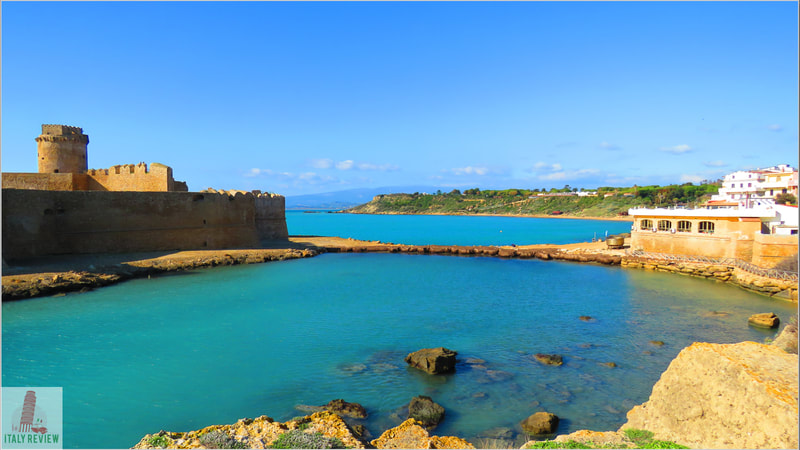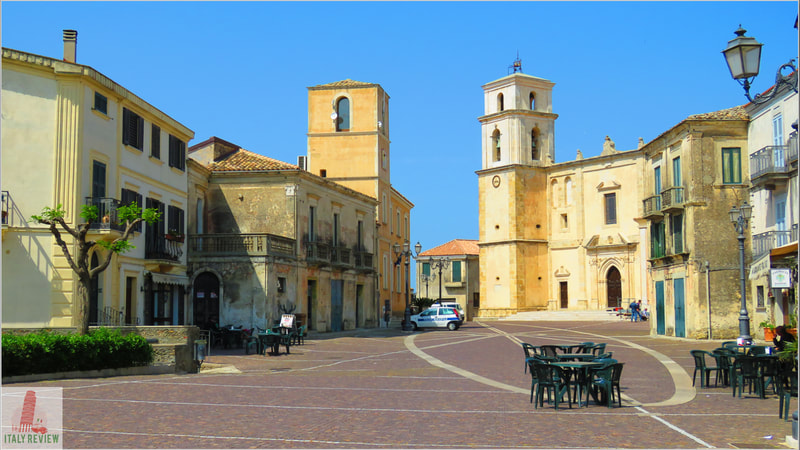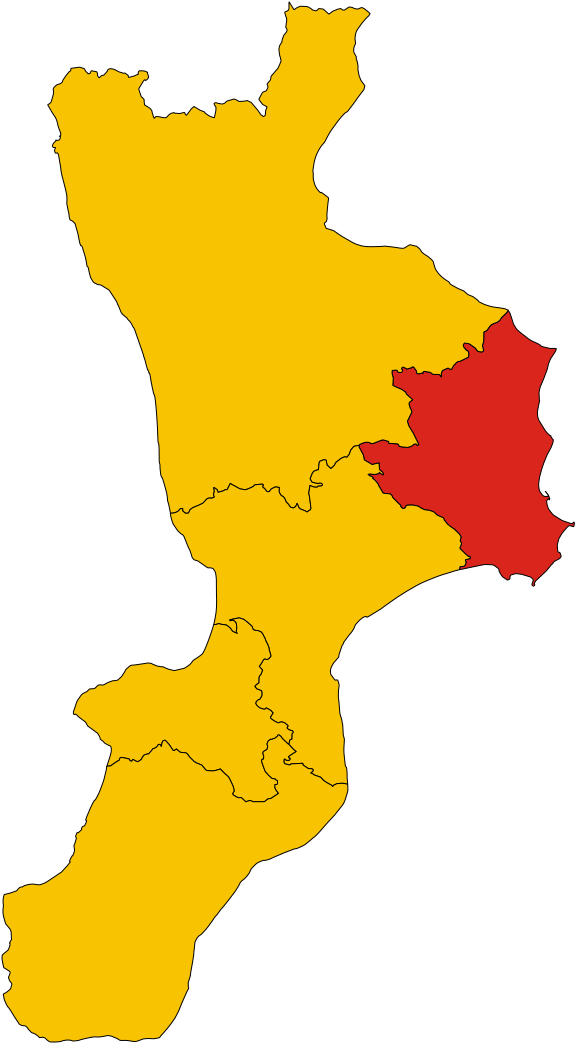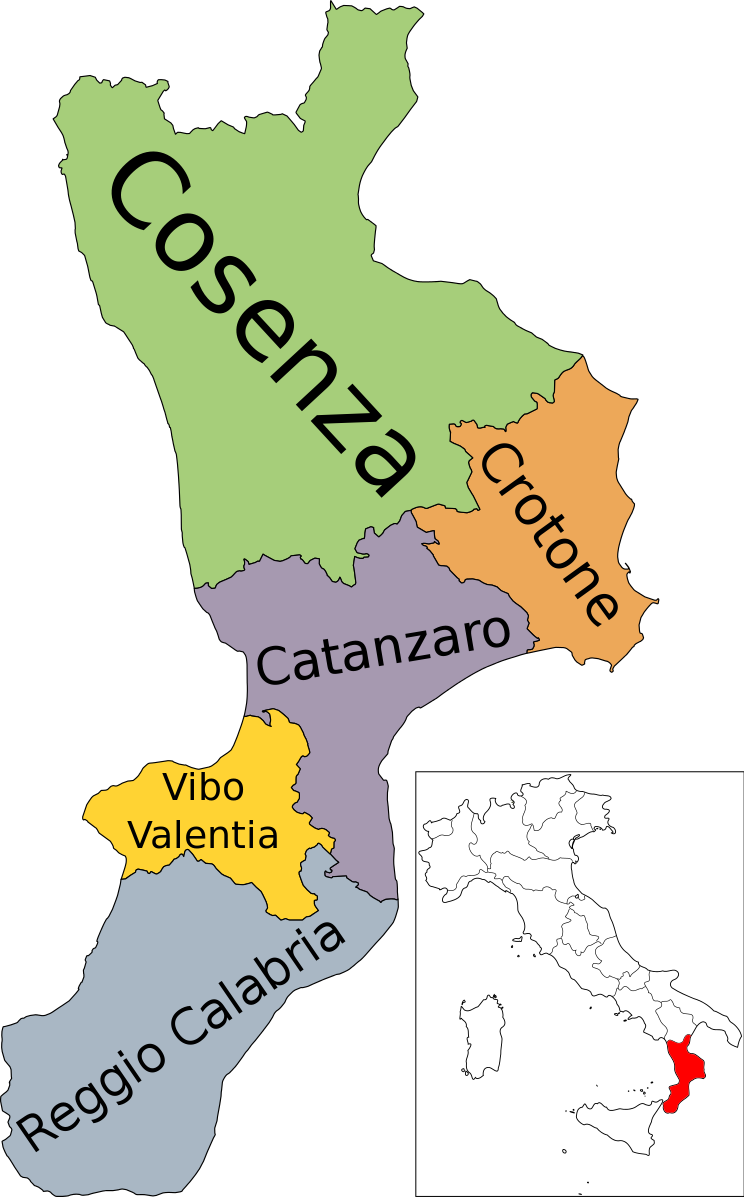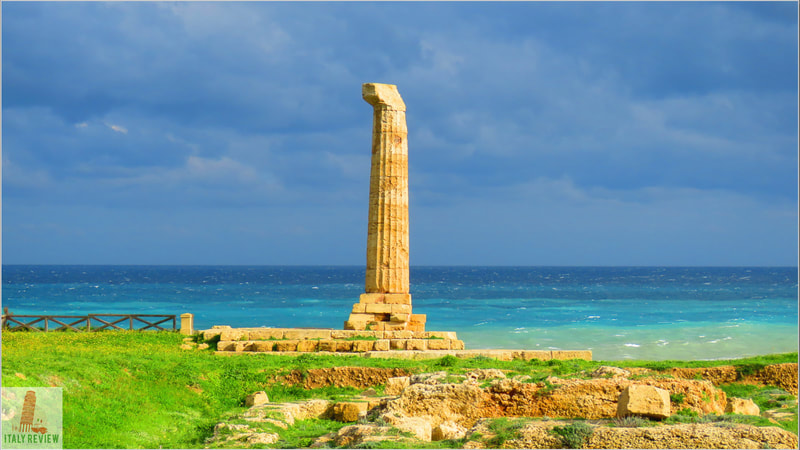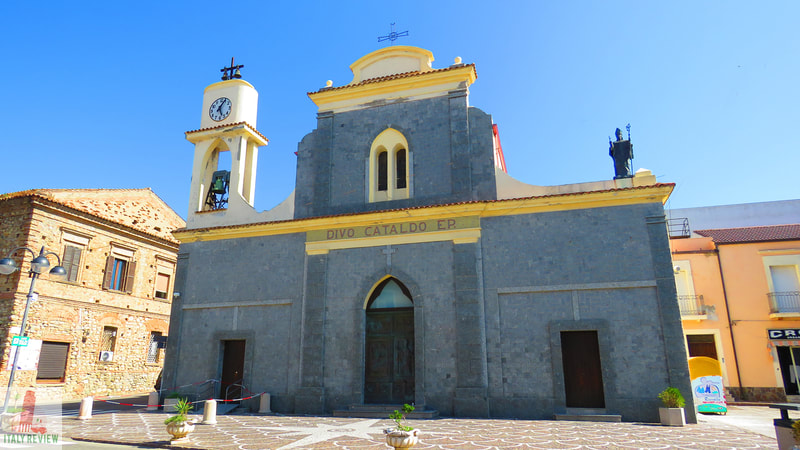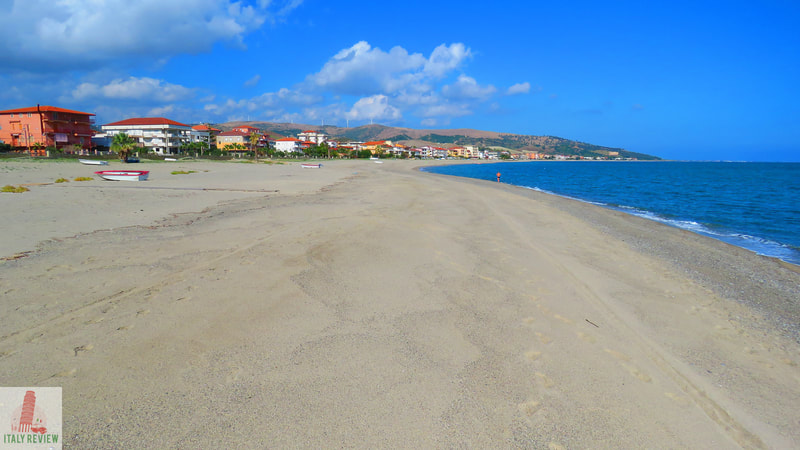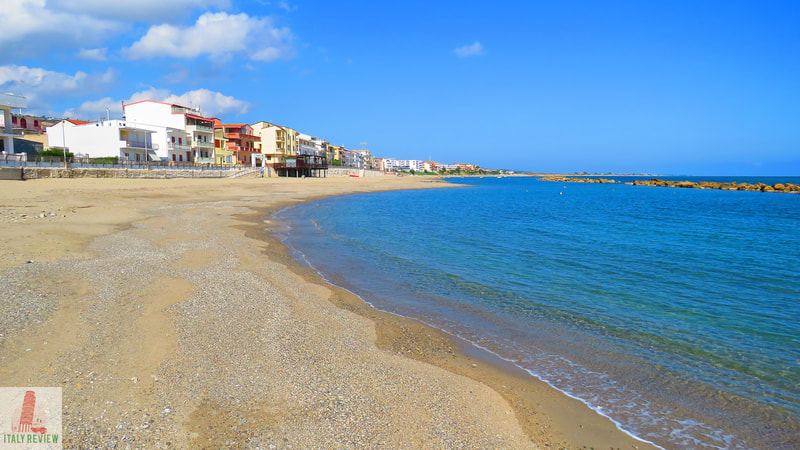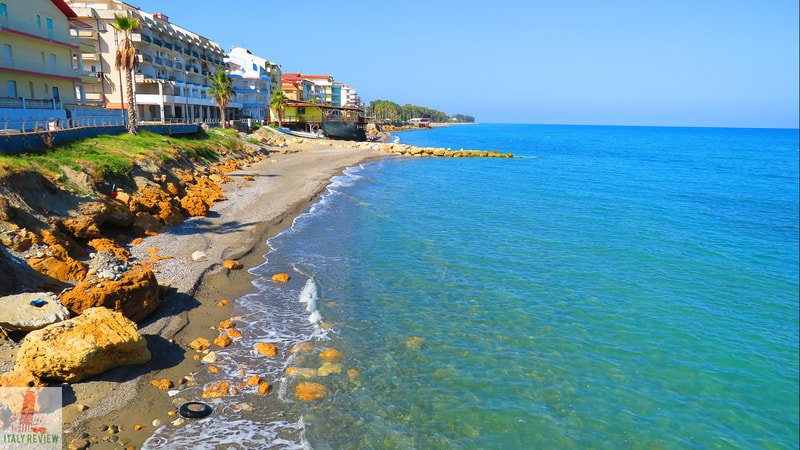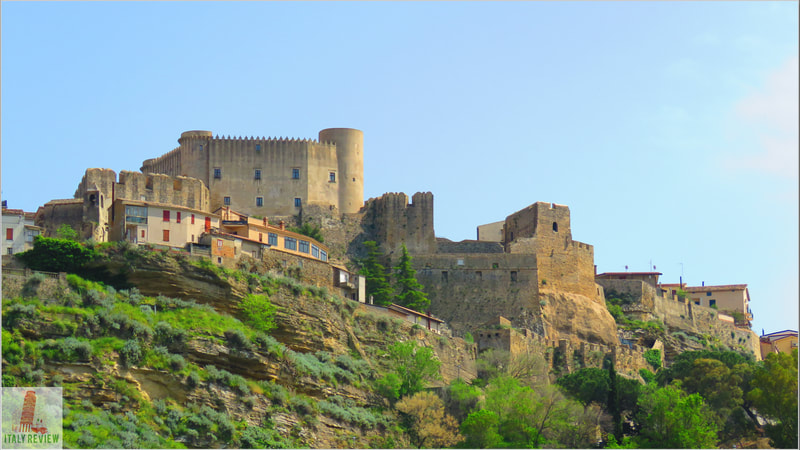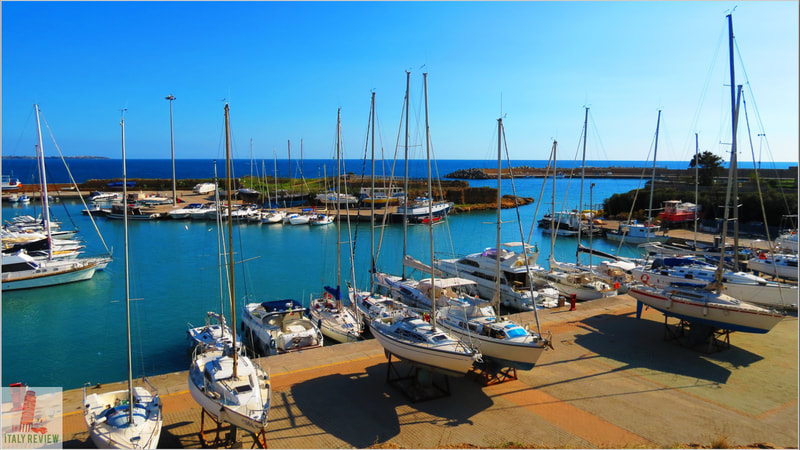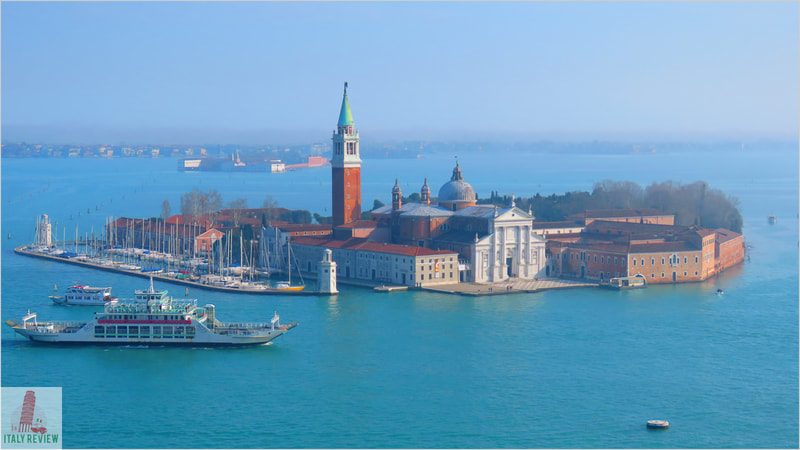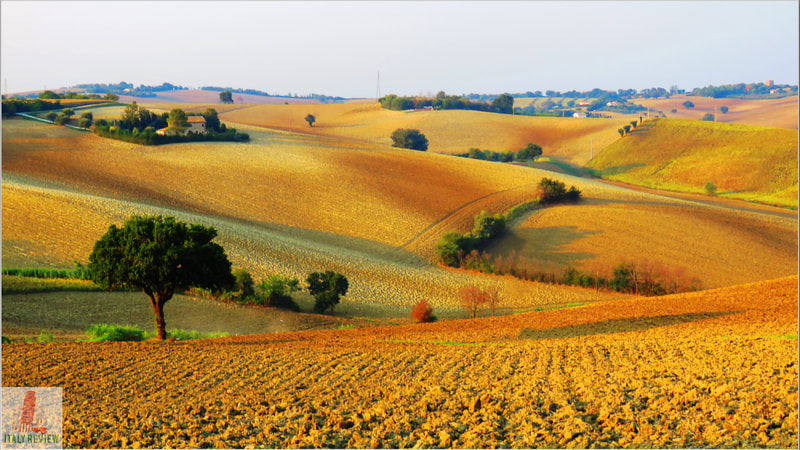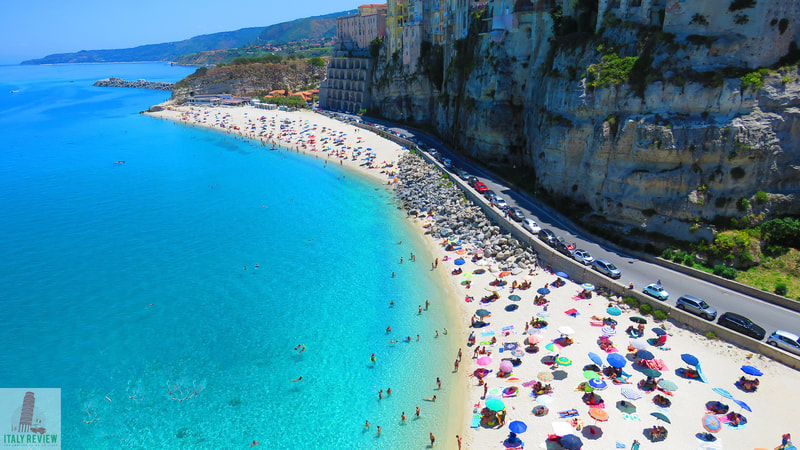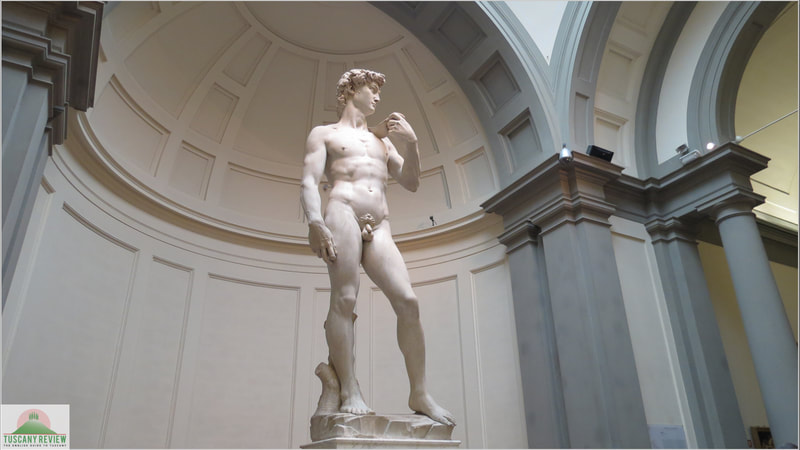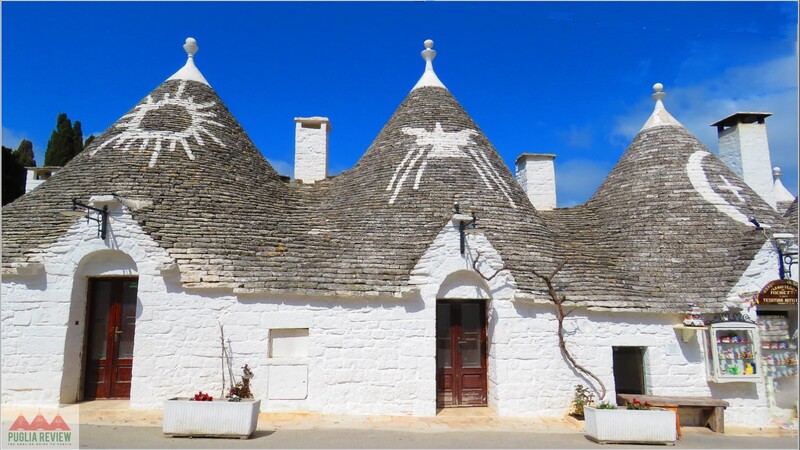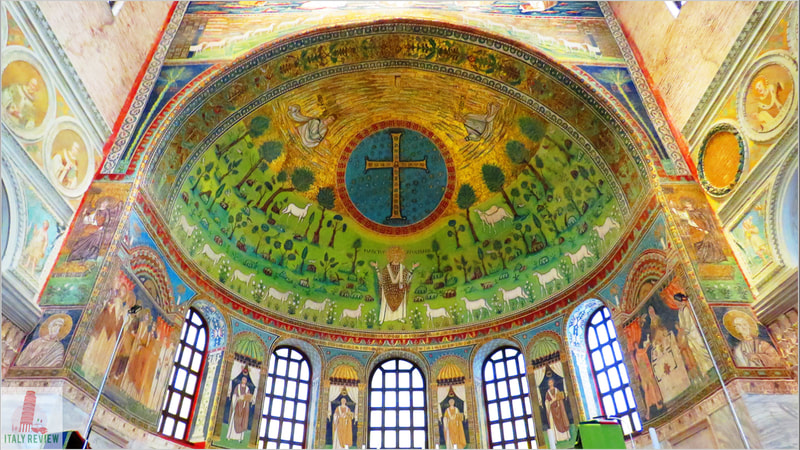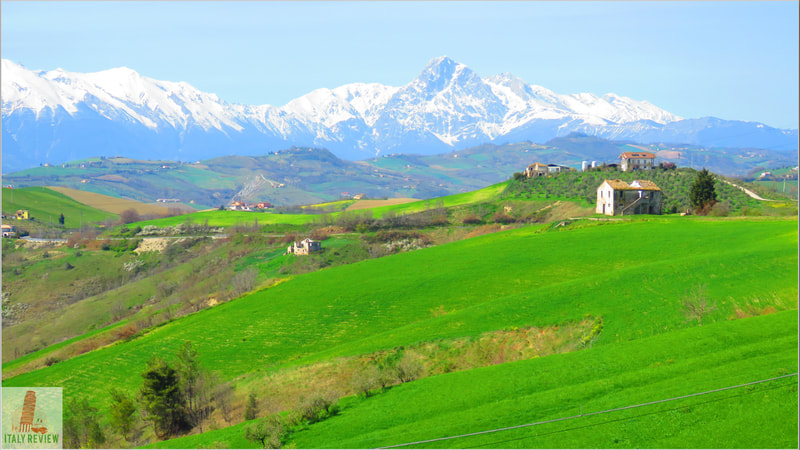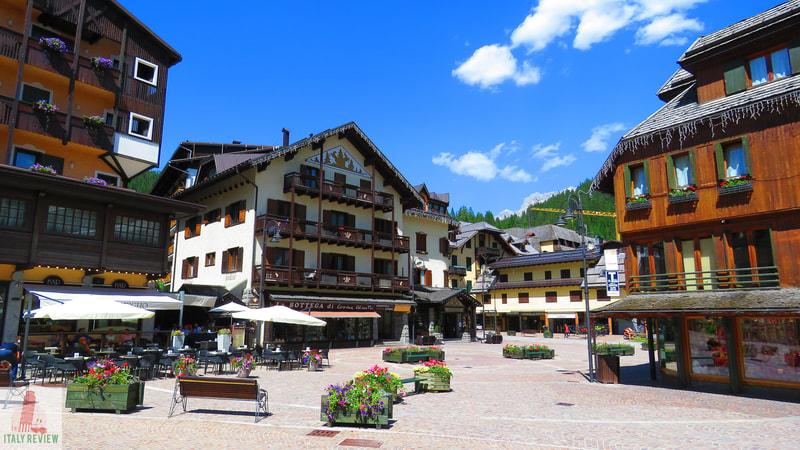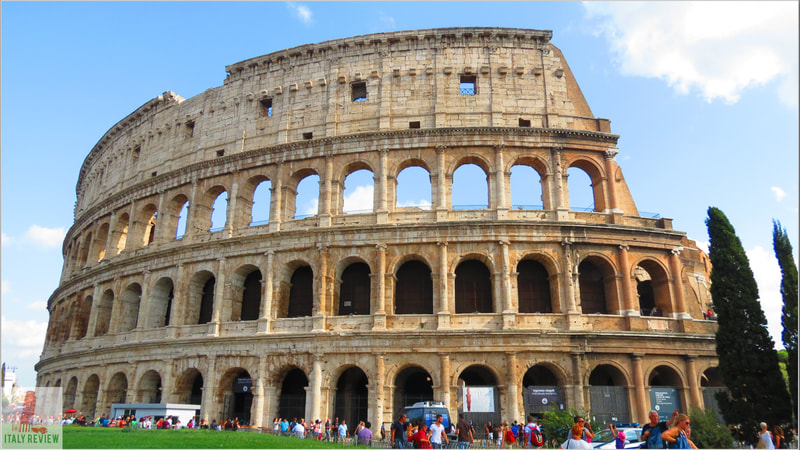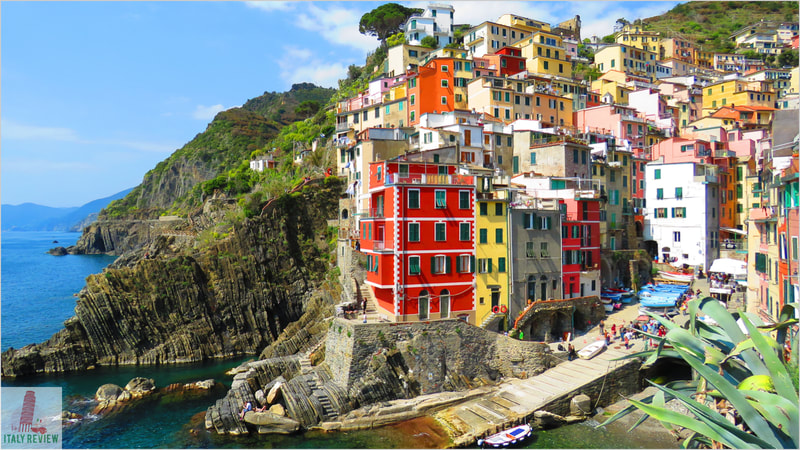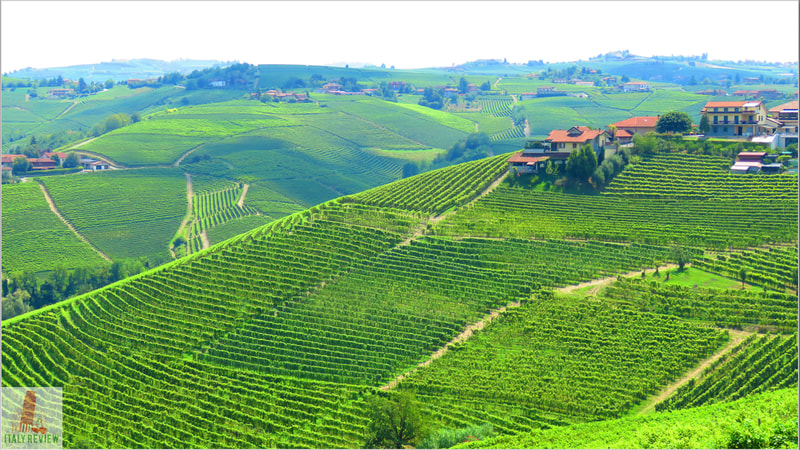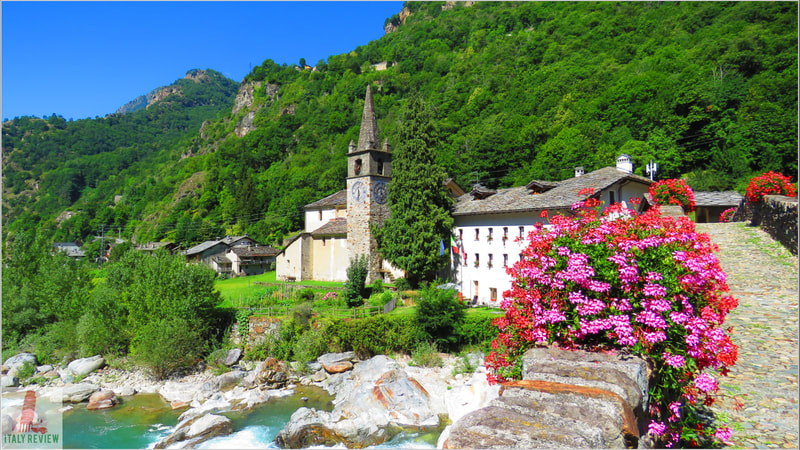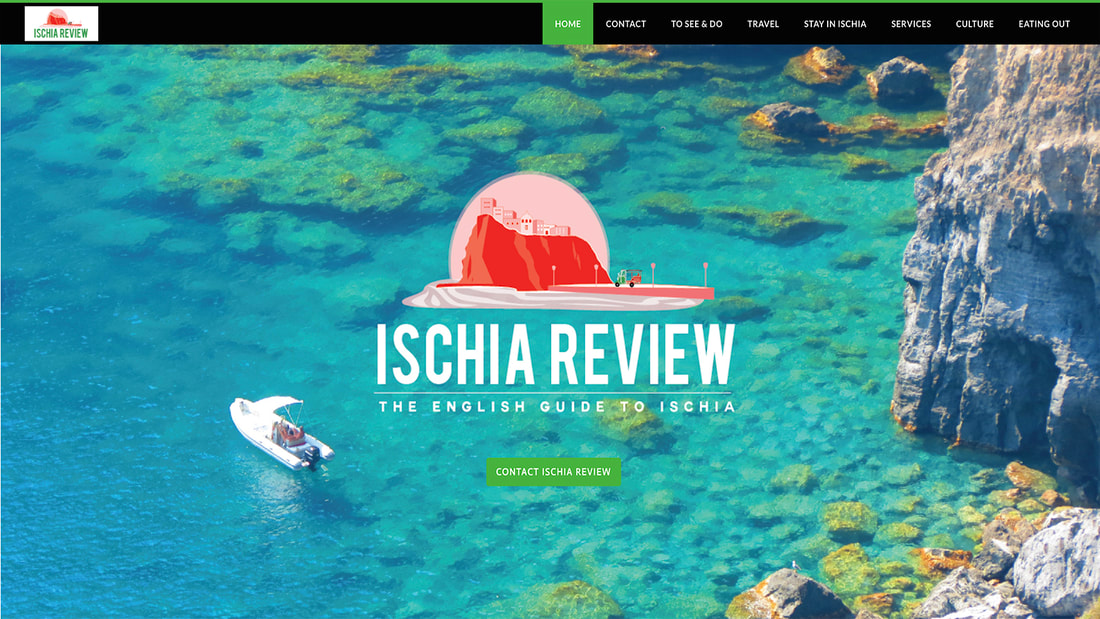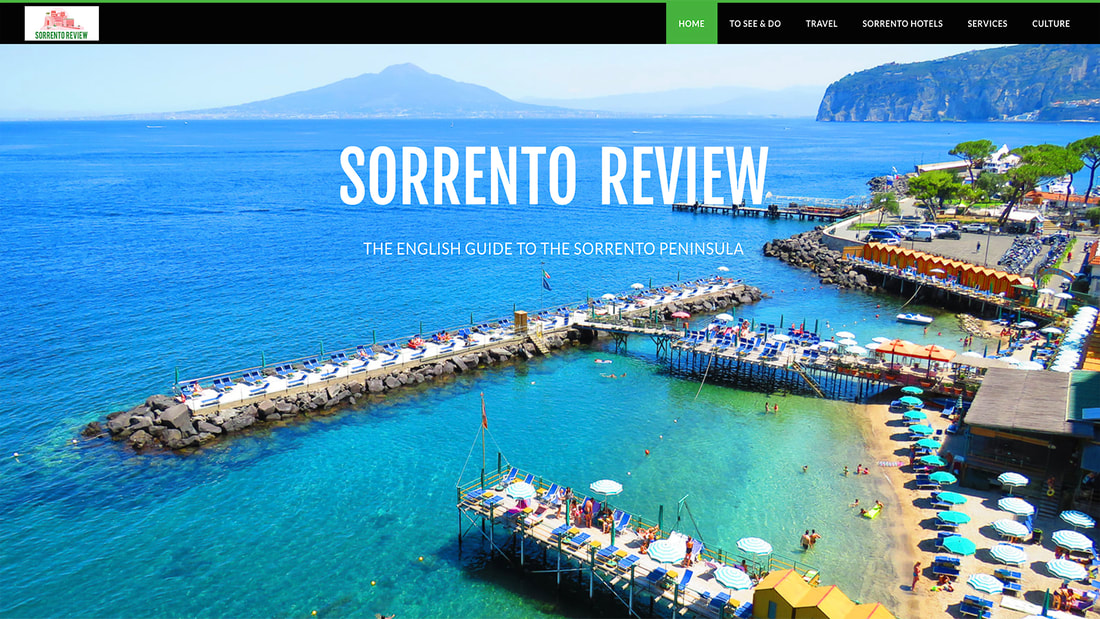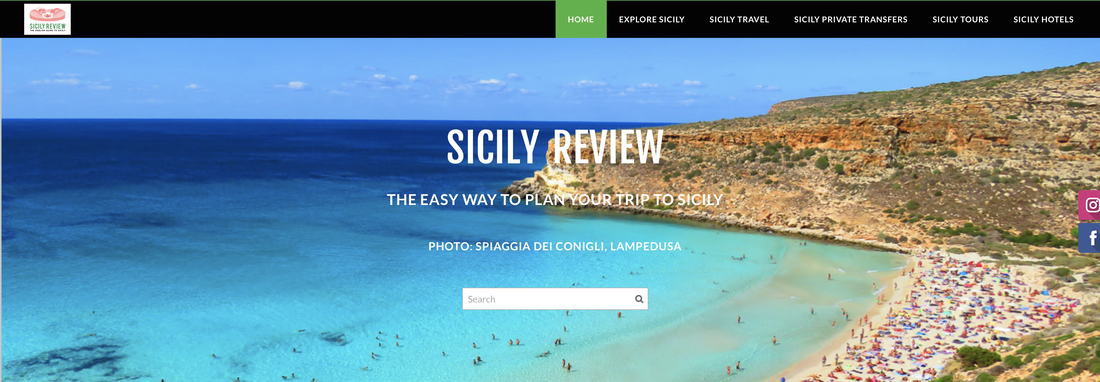Crotone Province
|
By Dion Protani
|
Latest update: 21 November 2023
|
|
The Crotone Province occupies a geographical area of 1,717 square kilometres including the provincial capital: Crotone.
Within the province there are 27 provincial towns, which contain a total population of around 175 thousand inhabitants. Among the highlights of the province are the beach resort of Le Castella, the Capo Colonna archaeological site and the Santa Severina hill town. |
Related links
Profile
Crotone Province is located in the Calabria region of southern Italy, bordered by the Ionian Sea to the east. It is a land of diverse landscapes, ranging from beautiful beaches and crystal-clear waters to rugged mountains and picturesque villages.
History
The area of Crotone Province has a rich history dating back to ancient times. It was once home to the ancient Greek colony of Kroton, which was founded in the 8th century BC.
The city of Kroton was a prominent center of culture, philosophy, and athletics in Magna Graecia. It was the birthplace of famous athletes and philosophers, including Milo of Croton and Pythagoras.
Over the centuries, the region saw various dominations, including Byzantine, Norman, and Spanish rule. This mix of cultures has left a significant impact on the area's architecture, traditions, and cuisine.
The city of Kroton was a prominent center of culture, philosophy, and athletics in Magna Graecia. It was the birthplace of famous athletes and philosophers, including Milo of Croton and Pythagoras.
Over the centuries, the region saw various dominations, including Byzantine, Norman, and Spanish rule. This mix of cultures has left a significant impact on the area's architecture, traditions, and cuisine.
Highlights
- Beautiful Beaches: Crotone Province boasts some of the most stunning beaches in Calabria. Praia a Mare, Capo Colonna, and Le Castella are popular beach destinations with clear waters and sandy shores.
- Capo Colonna Archaeological Park: Located near Crotone, this archaeological site preserves the remains of the ancient Greek temple dedicated to Hera Lacinia. The site offers a glimpse into the region's ancient past.
- Sila National Park: While not directly within Crotone Province, the Sila National Park is nearby and worth a visit for nature lovers. It offers beautiful landscapes, hiking trails, and opportunities for outdoor activities.
- Medieval Villages: Crotone Province is dotted with charming medieval villages, each with its own unique character. Santa Severina and Rocca di Neto are two examples of picturesque villages with narrow streets and historic buildings.
- Local Cuisine: The province is known for its delicious Calabrian cuisine. Visitors can enjoy traditional dishes such as 'Nduja (spicy spreadable salami), fresh seafood, and pasta specialties.
- Watersports: With its long coastline, Crotone Province is a paradise for watersports enthusiasts. Snorkeling, scuba diving, and sailing are popular activities in the area.
- Festivals and Events: Throughout the year, the province hosts various cultural events and festivals celebrating local traditions, music, and food.
Provincia di Crotone

